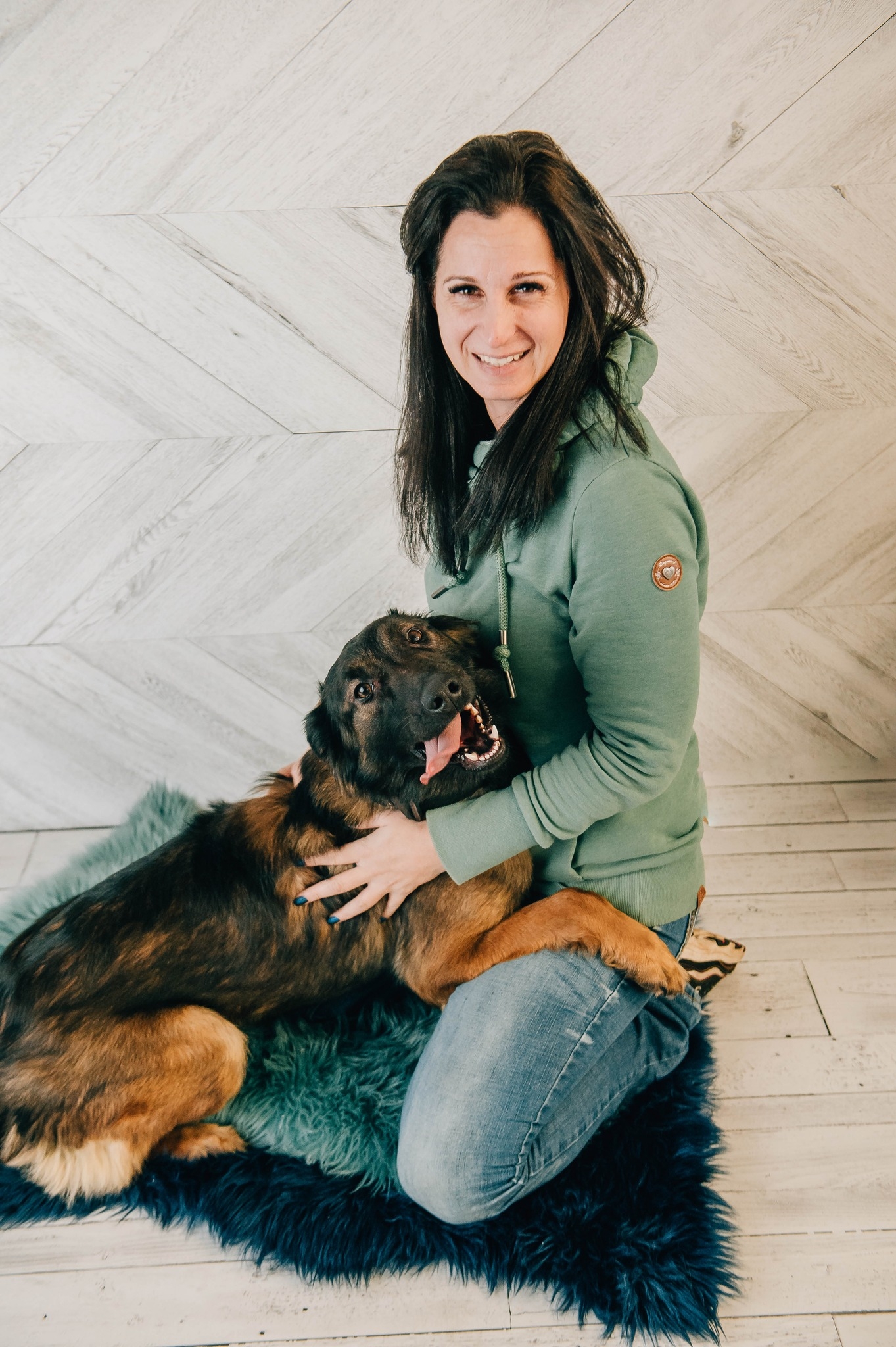According to several statistics gathering sites, including statista.com, 7.9 million dogs reside in Canada. That works out to roughly 35 percent of the households in the country. Yet, only five percent of Canadians know how to do CPR on their dogs, and even less than that know what to do if their dog suddenly starts to choke.
Jenn Burgoyne is a certified trainer with K9 Health Canada. This weekend she is bringing her wealth of knowledge to Whitecourt to teach dog owners how to handle emergencies. As a recently retired RCMP officer, Burgoyne has years of experience working with dogs and horses and has trained law enforcement and the general public.
Kiss My Mutt Grooming, and Doggy Daycare is hosting the event, and spots are still up for grabs. “K9 Health Canada is an organization that has put together a series of first aid programs related to dogs. There’s a kid’s program. There’s the K9 CPR and Emergency First Aid program which is the one we are offering in Whitecourt. There’s also a working K9 program that is taught to police agencies or search and rescue, handlers, basically, anybody who has a working K9,” explained Burgoyne.
K9 Health Canada is overseen by a board that includes five veterinarians. “We are the only first aid program in Canada with a board of veterinarians that oversee the content of our programs. As practices change or research comes out with better practices and more information on things, our board does an update on our programs, and all our instructors get the content. So, our clients are getting the most up-to-date information in the industry.”
The K9 CPR and Emergency First Aid program offered in Whitecourt can be the difference between life and death, and Burgoyne hopes to see a big crowd of owners out to learn. She will teach about choking, bleeding or puncture wounds, animal attacks, porcupine quills, and preventatives such as proper nutrition, exercise, rest, grooming and dental care.
“We will also be talking about toxins and the different types our dogs can get into in our households or the environment and the signs and symptoms they might come across,” explained Burgoyne. One big topic that she will cover is bloat. “Unfortunately, bloat is one where if people do not act quickly, their dogs usually won’t make it through the night. It’s something we want people to be able to recognize.”
The program will run from 10 am until roughly 5 pm on March 4 and include a combination of lecture and hands-on learning. “We utilize stuffed animals for people to practice on when we do CPR because we don’t want people pushing on our live dogs. We bring live dogs with us for the courses so that people can practice bandaging techniques on their legs, paws and heads, like trying to cover an eye or an ear injury,” explained Burgoyne.
Participants will also learn how to take vital signs of their dogs. They will learn how to determine their dog’s heart rate, temperature, and breathing rates. “They will learn to know if they are dehydrated by looking at their capillary refills, which is a big indication for shock, a silent killer with dogs. Sometimes shock will set in, and it will actually be what kills someone’s dog before the injury they were dealing with does.”
Burgoyne said the course isn’t meant to negate the need for a veterinarian visit but rather buy more time in an emergency where time is of the essence. “We still want people to take their dogs to the vet. It’s more that you are providing that first available treatment or that first response while you are getting yourself to the professional help that you need. “We get people who come into our classes because a friend had an emergency with a dog, or they’ve had their own emergency with their dog. It’s kind of an aftermath where now they know they need this information.”
Do you know what to do if your dog is having a seizure? A friend of Burgoyne’s recently called her seeking help. “I told her that she would have to get to the vet but that, in the meantime, they needed to stay away from the dog. When dogs come out of having a seizure, they are typically in fight or flight mode. We often want to get in there and help them, but if we are too close, and they come out of it and are in that fear state, there is a high chance of getting bit. It’s because our dog is scared and doesn’t know what’s going on, and they see us, and that’s the first thing they do.”
Through conversation about her dog’s visible symptoms, Burgoyne identified that her friend’s dog wasn’t having a seizure. It was a poisoning issue; the bloodwork showed it came from mould. The dog had likely gotten into rotten garbage and eaten something that ultimately caused the emergency. “You just never know. If you take these courses and know what you’re looking for, you can catch things faster. The faster you intervene, the less damage is usually done to your dog.”
Residents interested in taking Saturday’s K9 CPR and Emergency First Aid course can visit www.southernabk9firstaid.ca for online booking and payment. Participants will receive a 130+ page manual on the information learned in the class, a wallet-sized vitals card for quick, on-the-go reference, and a certificate of completion.








More Stories
Community spirit shines at large-scale youth baseball event
Birthday party chaos sung beautifully by Pumpjack Players’ youth in spring musical
Gearing up for another season of cars, cruising and camaraderie